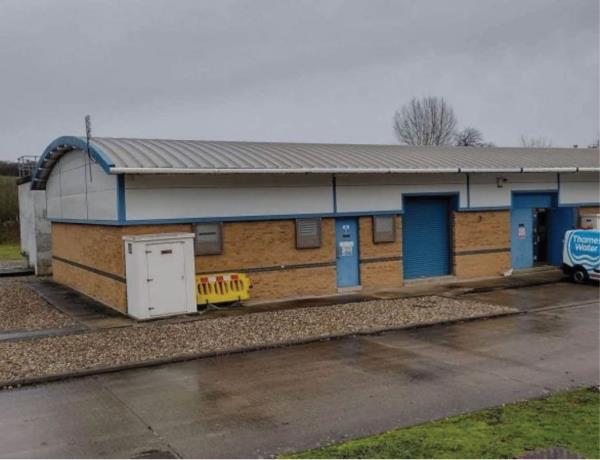07 May 2024

Thames Water Utilities Ltd is a large private utility company responsible for the public water supply and wastewater treatment throughout most of Greater London, Luton, the Thames Valley, Surrey, Gloucestershire, north Wiltshire, far west Kent, and some other parts of England.
The operator is the UK’s largest water and wastewater services company and supplies 2.6 billion litres of drinking water per day and treats 4.7 billion litres of wastewater per day.
In-building challenges
Thames Water was keen to solve mobile signal issues in the main control centre and pump building at Lane End Water Treatment Works. The energy efficient metal cladding of the building was blocking the mobile signal and health and safety for employees was a huge concern.
Signal Solutions was appointed, but prior to beginning the project, was required to achieve Achilles accreditation, a lengthy process which included a comprehensive audit as well as two additional on-site inspections of an active installation. After this was completed, Signal Solutions’ engineers conducted a full site survey which included several signal tests throughout the building. The area is 700sqm over a single floor and the priority was to provide signal on all mobile phone networks for lone working and emergencies.
Following the site survey and solution design, the Signal Solutions Amplifi-Qx Analogue solution was selected. This included four CEL-FI GO G32 boosters and seven internal omni-directional antennas. With no operator licence required, the installation was completed in just two days with little disruption to Thames Water. Every Amplifi-Qx signal solution is licence exempt and meets the regulatory requirements in the UK.
Solving connectivity shortfalls
Following the installation, Signal Solutions’ engineers completed a walk around the building to test the signal in various locations – comparing the boosted signal to the original signal readings.
Signal testing equipment is used to take dBm readings and compared to the pre-install readings to calculate the increase in mobile signal. A very good dBm reading will be somewhere between -70dBm and -90dBm. For 3G, all networks were recorded with very good readings: Vodafone (-67dBm), O2 (-70 dBm), EE (-72 dBm), and Three (-75 dBm). The same was true of 4G networks: Vodafone (-79 dBm), O2 (-77 dBm), EE (-79 dBm), and Three (-78 dBm).
All areas of the building now receive a consistent mobile signal, providing voice and data coverage on all networks. The facility now benefits from productivity and operational advantages of being able to use mobile devices on the move throughout the site. Health and safety concerns have been addressed now that the emergency services can be contacted.
“Network connectivity must be readily available so that contact with emergency services can be made. Signal Solutions came up with a proposed solution for a boosting system,” said Phil Howe, technical coordinator (South East London Water Production), Thames Water. “It was evident that on this, Signal Solutions’ very first job with Thames Water, that the engineers acted responsibly and professionally. I was impressed by their work ethic. They provided me with frequent updates and they left the site tidy on departure.”








